Did Rollie Pollies Disappear? Inside the Mysterious Lives of Pill Bugs
Updated July 14 2023, 3:28 p.m. ET
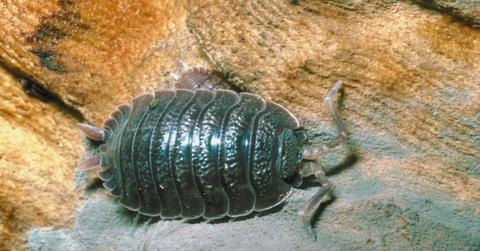
You may have spent many summer days digging under garden stones for insects to fill your bug jar during childhood. Of all the many backyard bugs, however, the most common were always the "rollie pollies." As benign as they were plentiful, these innocuous insects were a mainstay of our suburban backyard until, one day, they weren't.
Like the decline of bees, rollie pollie numbers may have dwindled, and whether by age or something else, encounters with these critters became more infrequent. Which begs the question, what happened to rollie pollies? Keep reading for what you need to know.
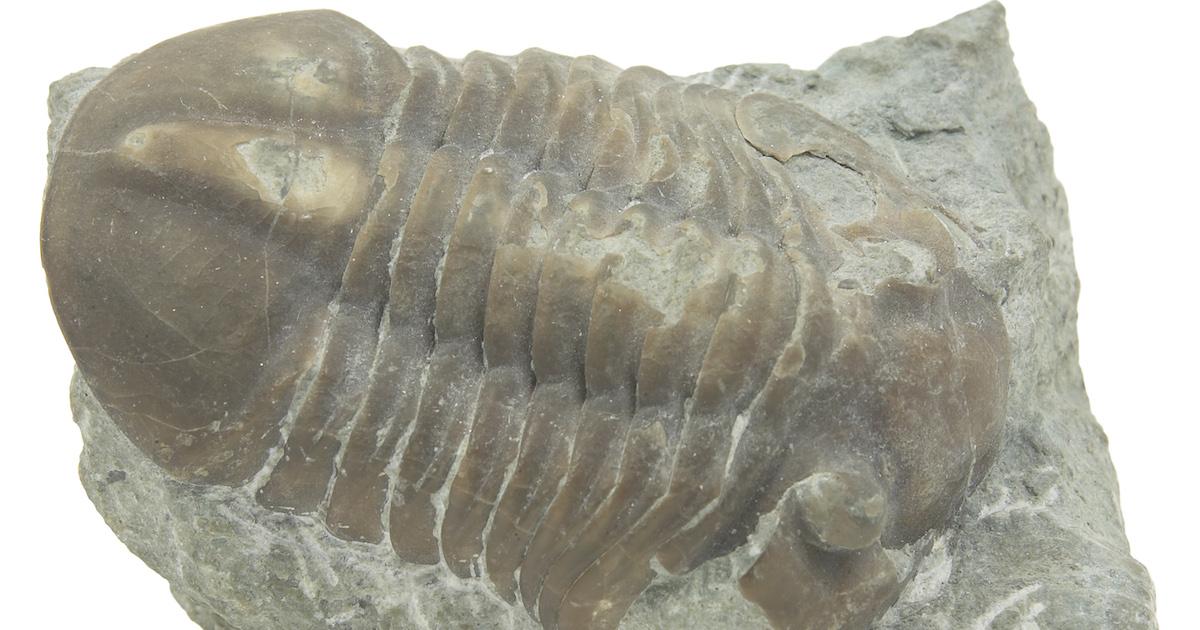
What are rollie pollies?
Rollie pollies are known by many names: pill bugs, slaters, doodle bus, armadillo bugs, and, if you're from my particular Long Island suburb, "potato bugs." The spelling of "rollie pollies" also varies depending who you ask — roly pollies, rolly pollies, and roly polies all seem to be accepted variants.
Rollie pollies are a member of the crustacean family of isopods, and they can trace their lineage back to the time before the dinosaurs.
Though they are technically considered woodlice, it would be more apt to think of rollie pollies as wood shrimp, at least according to Jonathan Wright, a professor of biology at Pomona College who studies them.
Like their ocean-dwelling relatives, pill bugs have gills made of mucus membranes that absorb oxygen from water, according to PBS. Since they live on land, rollie pollies need to stay in damp, moist areas like beneath fallen logs. If they dry out, they suffocate.
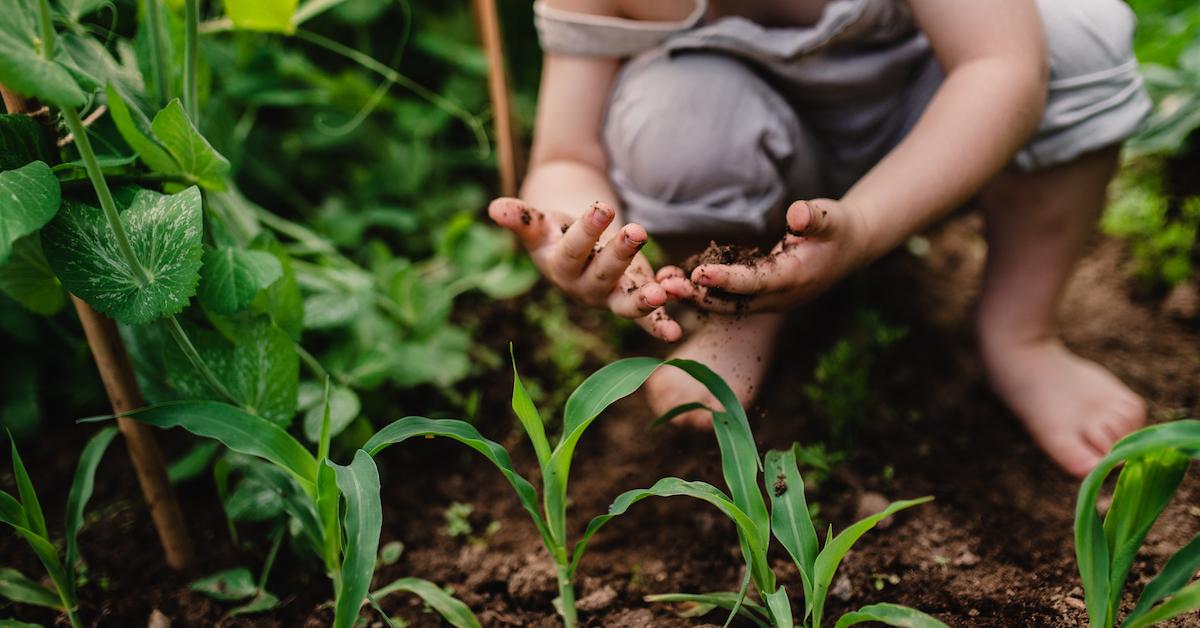
What happened to rollie pollies?
The short answer is: nothing really happened to rollie pollies. However, you may see more or less rollie pollies based on the environment, specifically dryness and soil quality. The drier the season, the fewer pill bugs you'll likely see. You're more likely to see the bugs if you have healthy soil.
There are plenty of ways to prepare your soil for gardening that will also make it more inviting for other organisms like earthworms and rollie pollies. Rollie pollies can be garden pests sometimes, but plenty of evidence supports the idea that they are quite good for the environment — even on a large scale.
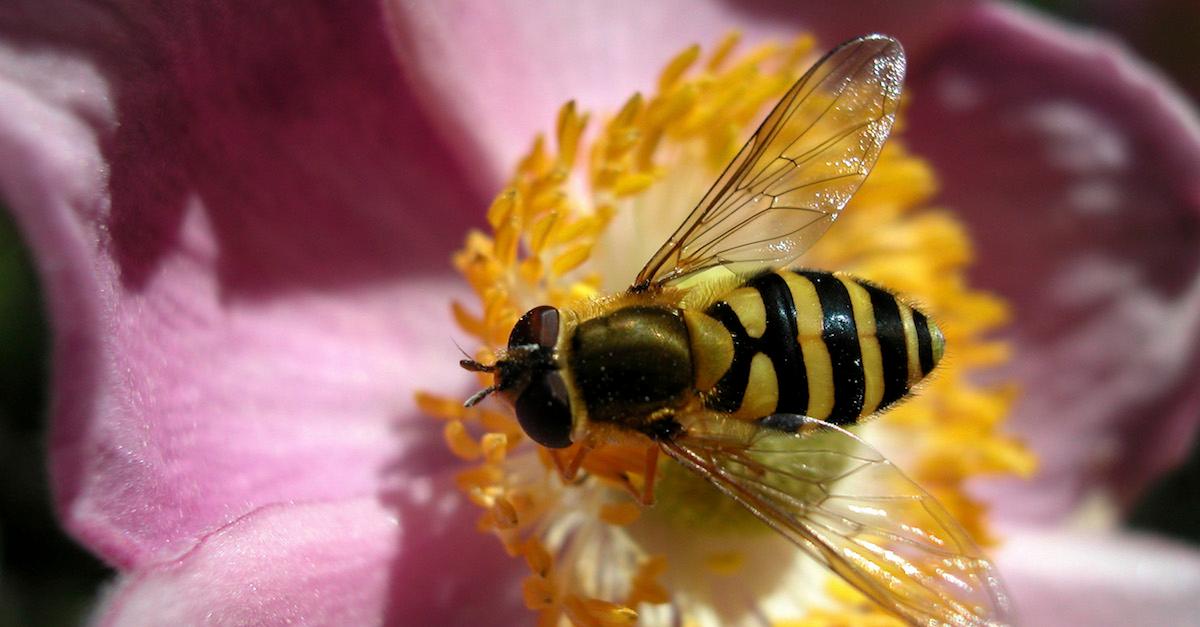
Why are pill bugs important to the environment?
Rollie pollies contribute greatly to the ecosystem. They are decomposers, feeding on decomposed leaf litter and wood fibers, and some pill bugs eat decaying animal flesh or feces, as well as shed snakeskin and other dead insects. On top of all that, they are also prey animals and serve as a ready food source for birds, toads, spiders, wasps, and centipedes.
According to Green Living Journal, the living situations and diets of these bugs allow them to temporarily remove many of the toxic metal ions from the soil where they dwell. Now, those toxic metals are returned to the soil when they die, of course, but their existence within the animals has given scientists a clue to potential pollutants they might not have otherwise known about.
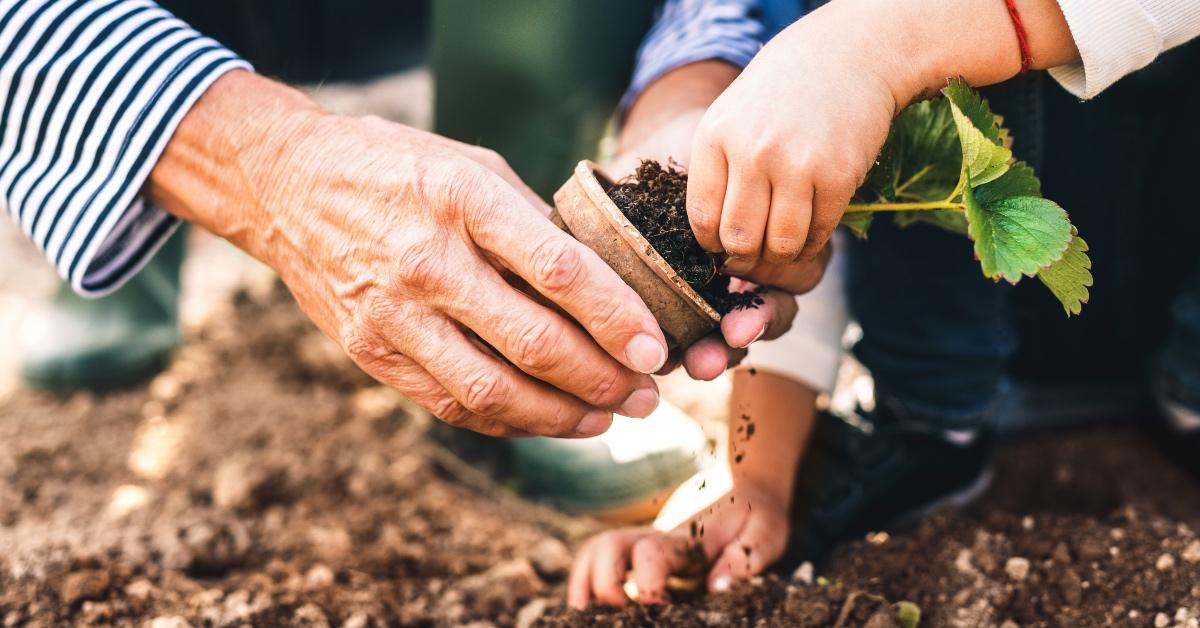
Not to mention, a 2015 study by Yale University found that rollie pollies and similar crustaceans may help control the climate by consuming fungus that releases carbon dioxide into the atmosphere. By consuming more fungus, rollie pollies are able to reduce the amount of carbon dioxide released.
Ultimately, rollie pollies are great for the environment and your garden — just not inside your home. If you're curious about where they may be residing, check under a garden stone or in the soil after a rain to see if you can spot a few.
This article, originally published on Dec. 24, 2020, at 4:00 p.m. ET, has been updated.